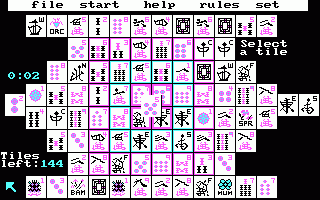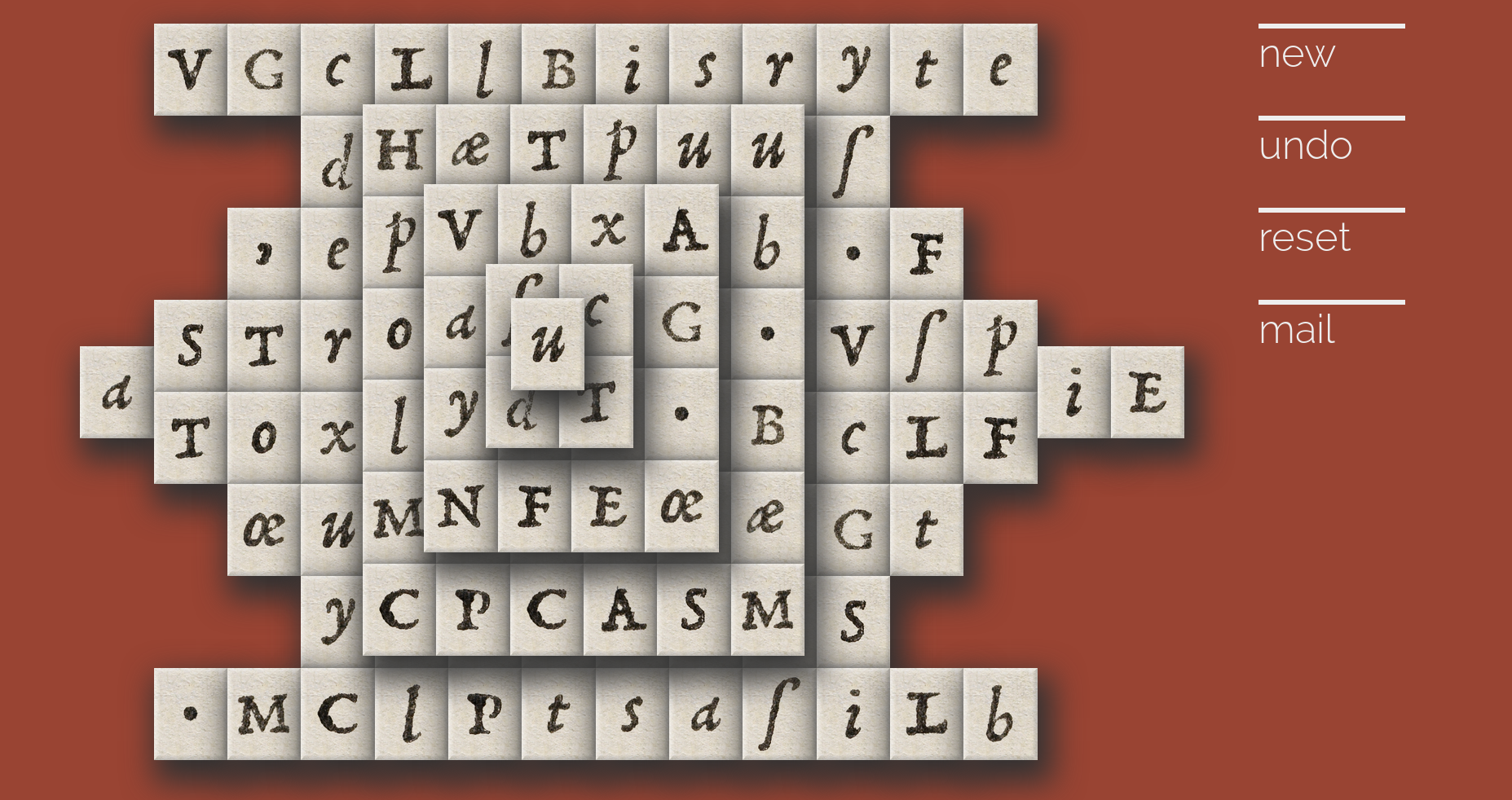This is an old revision of the document!
Letterjongg
 In 1981 Brodie Lockard, a Stanford University student, developed a computer game just two years after a serious gymnastics accident had almost taken his life and left him paralyzed from the neck down. Unable to use his hands to type on a keyboard, Lockard made a special request during his long recovery in the hospital: He asked for access to a PLATO terminal. PLATO (Programmed Logic for Automatic Teaching Operations) was the first generalized computer-assisted instruction system designed and built by the University of Illinois.
In 1981 Brodie Lockard, a Stanford University student, developed a computer game just two years after a serious gymnastics accident had almost taken his life and left him paralyzed from the neck down. Unable to use his hands to type on a keyboard, Lockard made a special request during his long recovery in the hospital: He asked for access to a PLATO terminal. PLATO (Programmed Logic for Automatic Teaching Operations) was the first generalized computer-assisted instruction system designed and built by the University of Illinois.
The computer game Lockard started coding on his PLATO terminal was a puzzle game displaying Chinese Mah-Jongg tiles, pieces used in a far-east strategy game that had become increasingly popular in the U.S. The name Lockard gave his new game was «Mah-Jongg solitaire». In 1986 Activision, one of the early game companies, released the game under the name of «Shanghai» (see screenshot on the left), and when Microsoft decided to add it to their games collection Mah-Jongg Solitaire became one of the most popular computer games of all times.
The project «Letterjongg» aims at translating the far-east Mah-Jongg imagery into late medieval typography. 570 years ago the invention of the modern printing technology by Johannes Gutenberg in Germany (and, two decades later, by William Caxton in England) was massively disruptive. Books, carefully bound manuscripts written and copied by scribes in weeks, if not months, could all of a sudden be mass-produced in a breeze. The invention of moveable types as such, along with other basic book printing technologies, had a huge impact on science and society.
Yet, 15th century typographers were not only businessmen, they were artists as well. Early printing fonts reflect their artistic past. The design of 15th/16th century fonts is still influenced by their handwritten predecessors. A new book, although produced by means of a new technology, was meant to be what books had been for centuries: a precious document, often decorated with magnificent illustrations. (Incunables – books printed before 1500 – often have a blank space in the upper left corner of a page so that illustrators could manually add artful initials after the printing process.)
Letterjongg comes with 144 typographic tiles (hence 36 tile faces). The letters have been taken and isolated from a high resolution scan (2,576 × 4,840 pixels, file size: 35.69 MB, MIME type: image/tiff) of Aldus Pius Manutius, Horatius Flaccus, Opera (1501), printed in Venice. «Letterjongg» has been slightly simplified. Nevertheless it is not easy to play as the games are set up at random (actually not every game can be finished) and the player's visual orientation is constrained by the sheer number and resemblance of the tiles.
Letterjongg, Screenshot
Rules
Starting from the sides, or from the central tile at the top of the pile, remove tiles by clicking on two equal letters. If the tiles are identical, they will disappear, and your score will rise. Removeable tiles always must be free on their left or right side. If a tile sits between two tiles on the same level, it cannot be selected.
Updates
2018/10/26 v1.0: Prototype, basic game engine
2018/10/27 v1.1: Moves counter, rules overlay, bug fixing
Data
- Wikimedia Commons, Aldus Manutius, Horatius Flaccus, Opera, Venice, 1501
Team
- Prof. Thomas Weibel, Thomas Weibel Multi & Media, University of Applied Sciences Chur
- Dr. des. Elias Kreyenbühl, University Library of Basel
